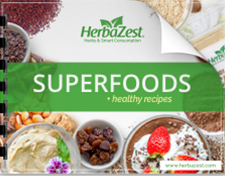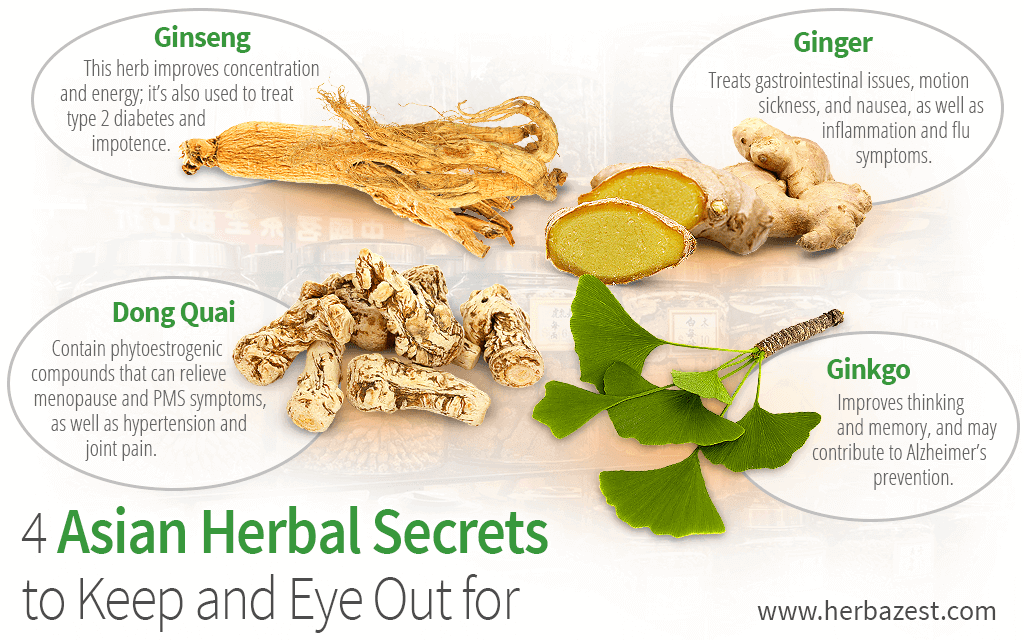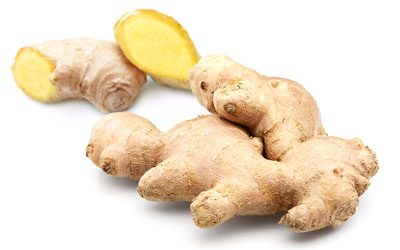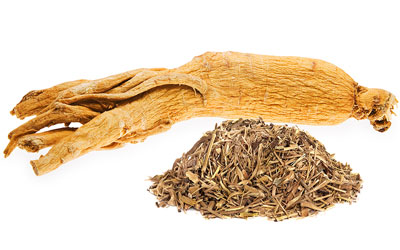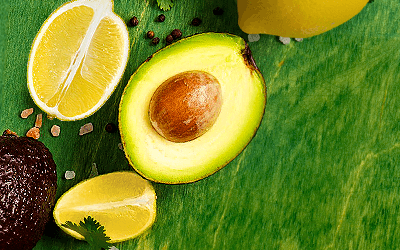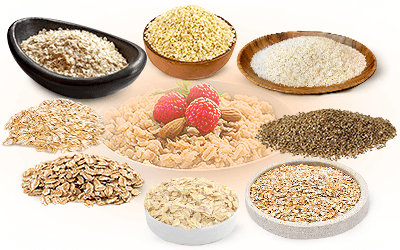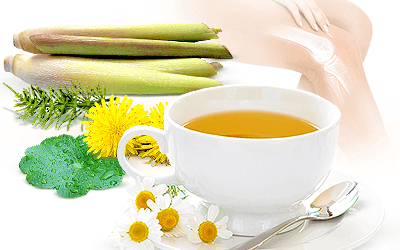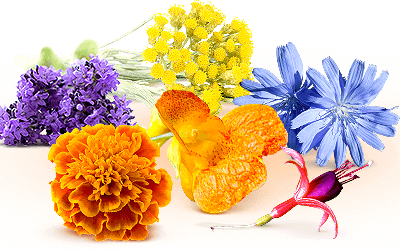The concept of Yin and Yang is integral to Chinese medicine, as it recognizes the balance between body and mind as essential for ultimate wellness.
Asian and Chinese cultural heritage has taken over 6,000 years to develop, and has collected a vast amount of medicinal knowledge during that time. They have acquired varied and profound medicinal practices to heal all sorts of conditions, ranging from improving mental focus to easing arthritis. For this purpose, traditional Chinese medicine (TCM) has strongly featured the use of medicinal herbs and herbal tonics, many of which are becoming increasingly popular in the Western world.
Most of these herbs are traditionally consumed as teas, tinctures, or in powdered mixes, although modern times have also introduced the use of supplements. Next time you are thinking about which medicinal root or leaf to use for easing just about any ailment, look through this list and see which is most suitable.
1. Ginseng (Panax ginseng)
Chinese ginseng, also known as Asian or Korean ginseng, has been growing on the mountainsides in China for 7,000 years. Traditionally, people have turned to this herb for its strong ability to improve concentration skills and energy and to provide clarity of mind. Modern research also points out that Panax ginseng can help lower blood sugar in people with type 2 diabetes1, relieve impotence, and improve lung functioning in people with chronic obstructive pulmonary disease (COPD). The roots are the part that is used, and in TCM, they are applied to calming the heart and blood vessels. The active medicinal compound is believed to be ginsenosides, although their full mechanism are still not completely known.
2. Ginger (Zingiber officinale)
This well-known herb is a cherished spice that has been growing in Asia for at least 4,000 years and used in TCM for 2,000 years. Although it may seem as though the part being used is the root, it is actually an underground stem, called a rhizome, which is the medicinal portion and contains a large amount of gingerols, zingerones, and shogaols, its identified active ingredients.
The primary use of ginger, from ancient times up until now, has been for gastrointestinal issues, such as upset stomach, diarrhea, and nausea. However, it is also useful for treating flu-like symptoms, headaches, motion sickness, and even as an anti-inflammatory for osteoarthritis.
3. Dong Quai (Angelica sinensis)
Dong quai, also known as female ginseng, is nicknamed as such for its championed ability to relieve many female-specific ailments, thanks to its phytoestrogenic components and its flavonoid and coumarin content. The root is used to make the medicine, and it is primarily utilized in Japan, although it is also widely available in Korea and Southeast Asia.
Its most common therapeutic uses include relieving premenstrual syndrome (PMS), menopause symptoms, and menstrual cramps. It is not only for females, though, since it can also prevent premature ejaculation and ease hypertension, constipation, high blood pressure, and joint pain.
4. Ginkgo (Ginkgo biloba)
Unlike the other herbs on this list, it is the leaves and seeds of ginkgo that are actually used for therapeutic purposes, rather than the roots or stems. The extracts made from ginkgo trees have been found to contain ginkgolides and bilobalides, two unique compounds that, in combination with the tree's quercetin content, seem to have brain-stimulating properties.
This tree, which grows primarily in Japan and China, has been thriving for millennia, and can actually live for thousands of years as well. Evidence shows its ability to improve thinking and memory2 in the young and elderly alike, and the herb can even improve symptoms of Alzheimer's disease. Other uses include vertigo, premenstrual syndrome, glaucoma, leg pain, and seasonal affective disorder (SAD).
These treasured plants are cause for celebration for both your body and mind. Fortunately, they are becoming increasingly easy to find either in specialty shops or several online markets. Make sure you are buying quality ingredients, and when possible, organic as well. Be wary of companies that market supplements with the herbs but actually have very little herbal content. Once you have the right product, enjoy its healing power and be well.
Sources
- National Institutes of Health, Dong Quai | Ginkgo | Ginseng, Panax
- University of Maryland Medical Center, Ginger
Foodnotes:
- Medicine (Baltimore). (2016). The Efficacy of Ginseng-Related Therapies in Type 2 Diabetes Mellitus. Retrieved July 19, 2021 from: https://www.ncbi.nlm.nih.gov/pmc/articles/PMC4753873/
- Evidence-Based Complementary and Alternative Medicine. (2011). ExaminingBrain-Cognition Effects of Ginkgo Biloba Extract: Brain Activation in the Left Temporal and Left Prefrontal Cortex in an Object Working MemoryTask. Retrieved July 19, 2021 from: https://www.ncbi.nlm.nih.gov/pmc/articles/PMC3166615/
